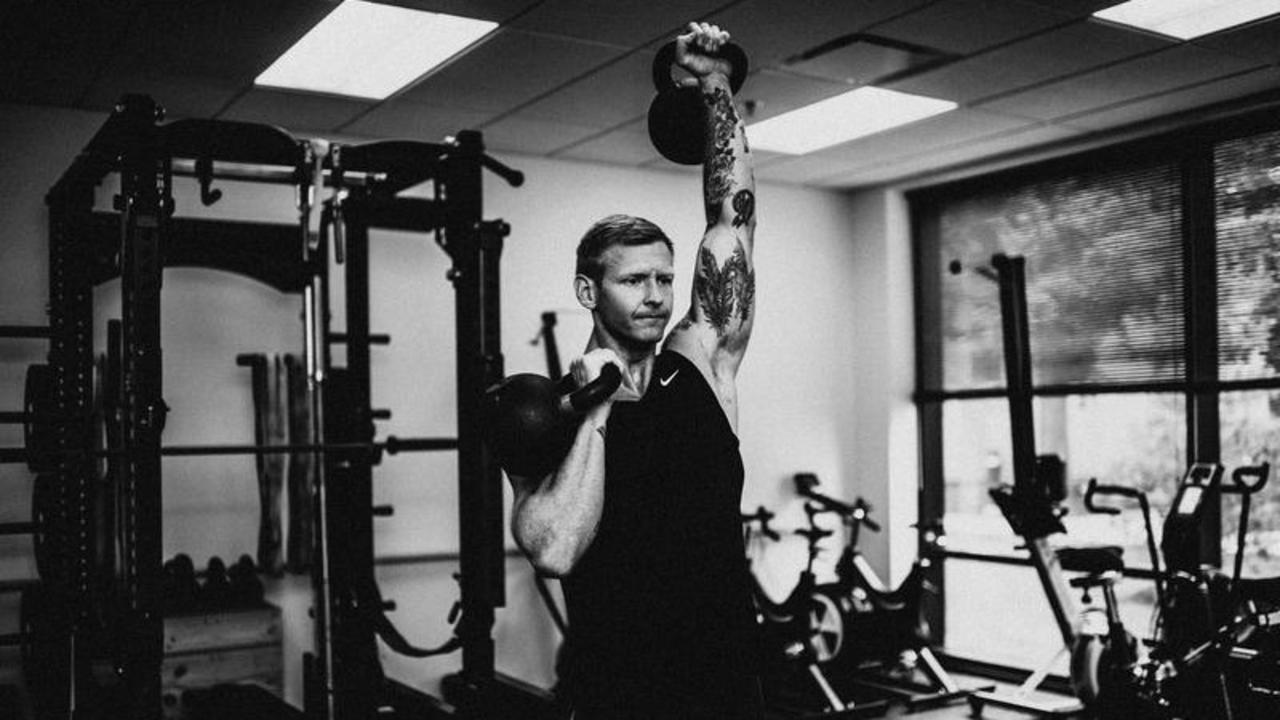Assessments and Patterning

Three very different and distinct morphologies (four if you count the gorilla in the background), will most likely lead to four very different and distinct pattern variations. What objectively constitutes a good archetype (squat, hinge, upper-body movement vectors, etc) across all morphologies? Would you expect all four of these individuals to move the same from a visual perspective? Would that constitute their movement as being either “good” or “bad” respective to one another? Or would you look at how structures move in relation to one another within the same organism?
These questions are one area where I see a huge hole in the active assessment process, the other being that motor learning with increased immersion will inherently lead to improvements in testing scores and potential false-positives (a post for a different day though). This is why I’ve began leaning towards passive ROM testing that last few years, you can learn to game a movement but you can’t fake shoulder IR (as one of many examples). The one thing we all have in common is the need for positional orientation, yet even once this is achieved we will all display different expressions of any respective movement archetype, and this is an extremely important variable to be aware of as a coach. Expecting the same movement qualities and loading strategies for all four of us seems silly to me. Regardless of testing procedure being used, individual morphology and positional considerations should be taken into consideration when building out goal related strategies. What’s the best strategy you ask? Probably the one that gets the best objective results for the individual IMO.

